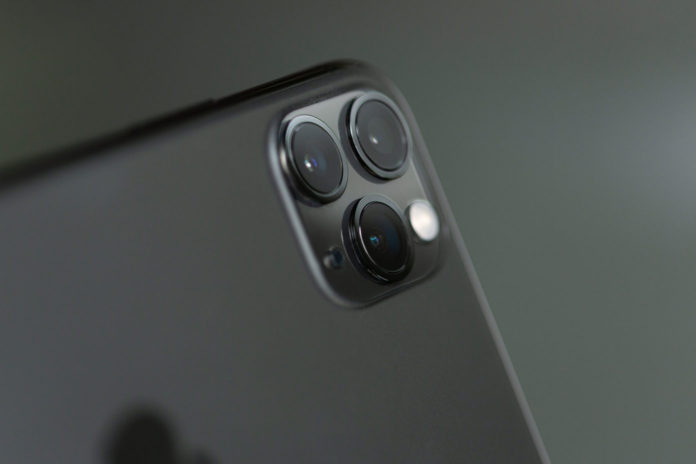Many users are left frustrated when their phones can’t seem to take a decent picture when they want to zoom in. It’s a limitation that Scope Photonics wants to solve.
Smartphones have radically increased access for people to take everyday photographs, but consumer camera lens technology hasn’t fundamentally changed to offer the same tools as a conventional camera. In particular, while conventional cameras can use physical movement and protruding elements to adjust the distances between lenses, the slim form factors of smartphone hardware doesn’t afford the space for true optical zoom.
When users zoom in on their subjects, one of two things may happen. In older phones, software is used to simply crop the final image and guess at the information between pixels, leading to grainy or pixelated results. Recently, newer high-end phones have adopted multiple cameras, allowing optical zoom by switching to a different set of lenses altogether. That’s why there are multiple physical apertures on the back on the phone. However, this adds cost, takes up space, and uses more battery power.
Scope Photonics was originally founded by a group of engineering students at the University of Waterloo, who are now graduates. They are using a totally different approach by incorporating liquid crystal technology into their electrically tunable lenses.
Consumer-grade camera lenses today use glass lenses with a fixed shape and a fixed refractive index — a material property that describes how fast light can pass through it relative to a vacuum. This change in this property relative to air (or whatever medium the lens is in) bends light as it enters the lens. Different shapes or refractive indexes will give the lens different light-bending properties.
By contrast, the Scope system can use a magnetic or electric field to dynamically shape the refractive index of its liquid crystal lenses. This allows a single aperture to offer true optical zoom without any moving parts.
The concept is a blend of nanotechnology and optics. Liquid crystals contain rod-like molecules that you can think of as being shaped like grains of rice. Applying a precisely shaped magnetic or electric field to a liquid crystal lens changes how these rice-shaped structures orient, and this can quickly customize the optical properties of the lens.
Scope uses custom built simulations to quickly design and optimize new lenses, and they also build physical prototypes to test their simulations in the real world.
Beyond smartphone cameras, Scope’s lenses have many potential applications. For instance, in manufacturing and supply chains, fast and reliable barcode scanning is essential. Because Scope lenses don’t need mechanical parts to help them focus, they can greatly enhance speed without compromising image quality. Paired with computer vision, this could be a rapid and reliable system for tracking inventory.
Or they could be the foundation for universal eyeglasses that can be instantly customized to a user’s prescription, and updated whenever an adjustment is needed. The economics of a solution like that could deliver access to vision care to more people worldwide.
Scope’s lens technology would also be more versatile and compact than traditional glass lenses, opening opportunities to build better cameras for medical devices like endoscopes to improve diagnostics and surgical tools.
Scope is now gaining momentum for this clear vision for the future of lens technology, picking up major recognition like winning the Palihapitiya Venture Fund and being shortlisted in the top 20 international teams for the 2020 James Dyson Award.










































